The Latest Stories
Challenge
January Resolution Challenge 2026Campaign
T.K.O. - Free Your Spirit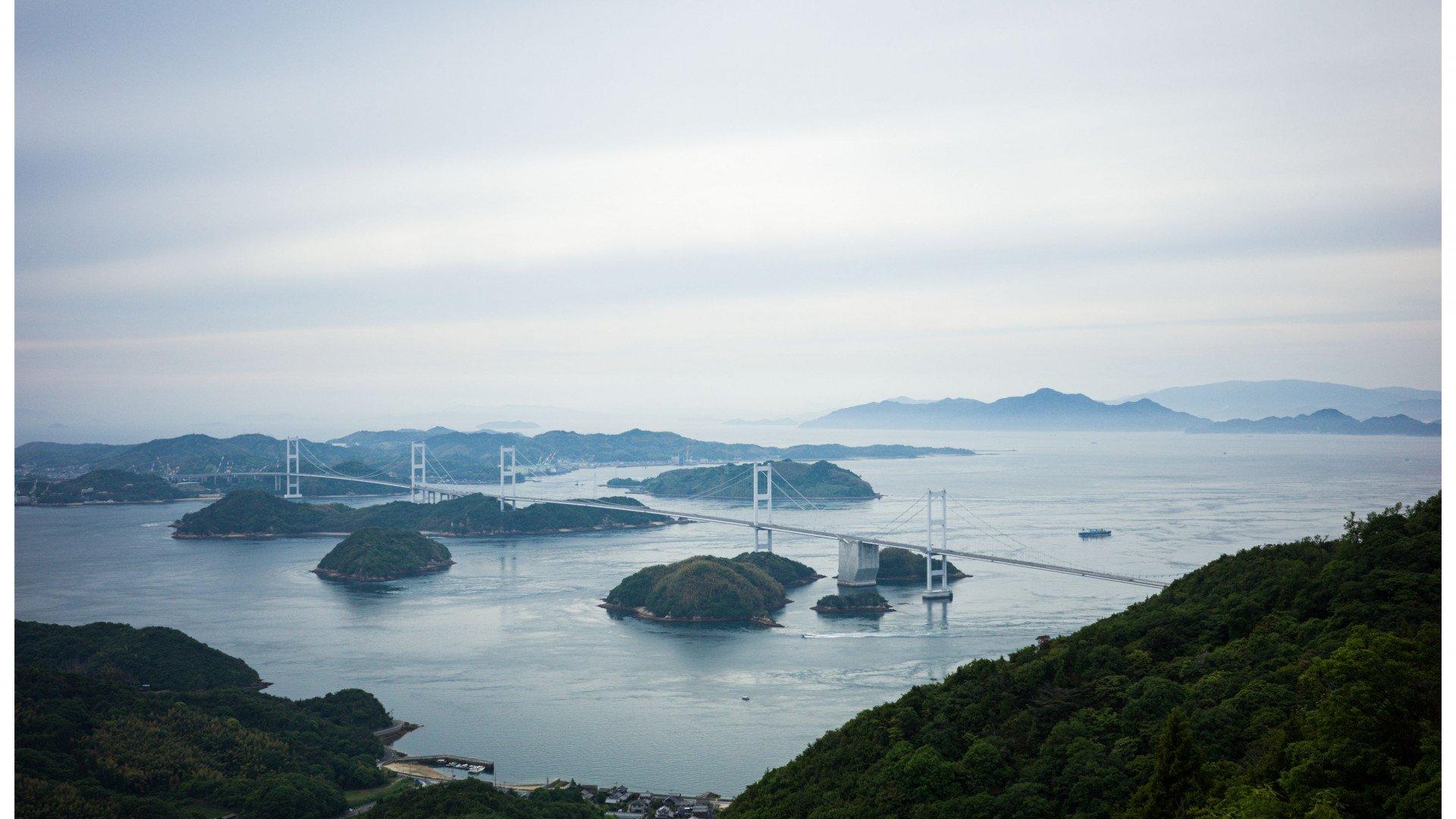
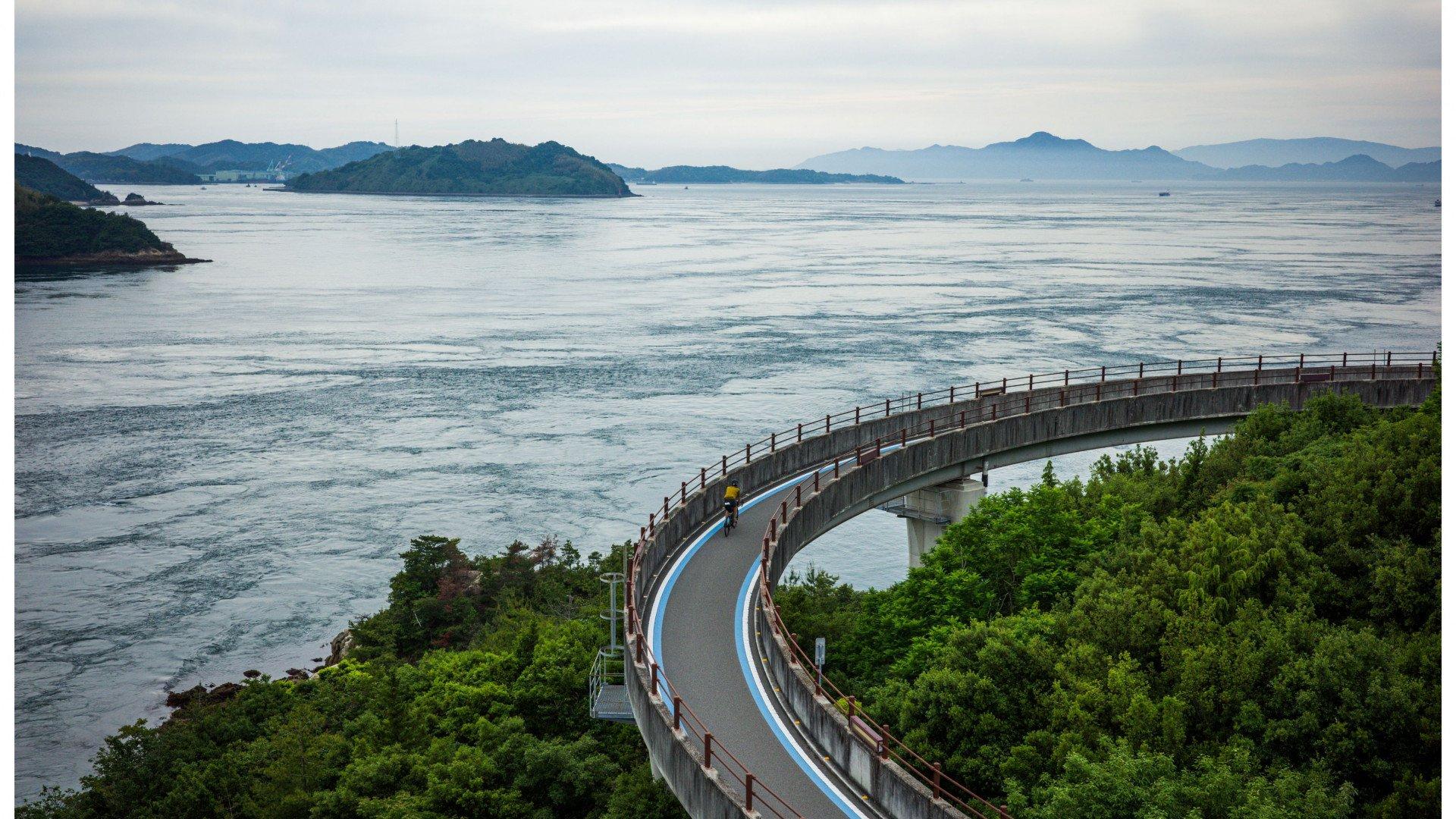
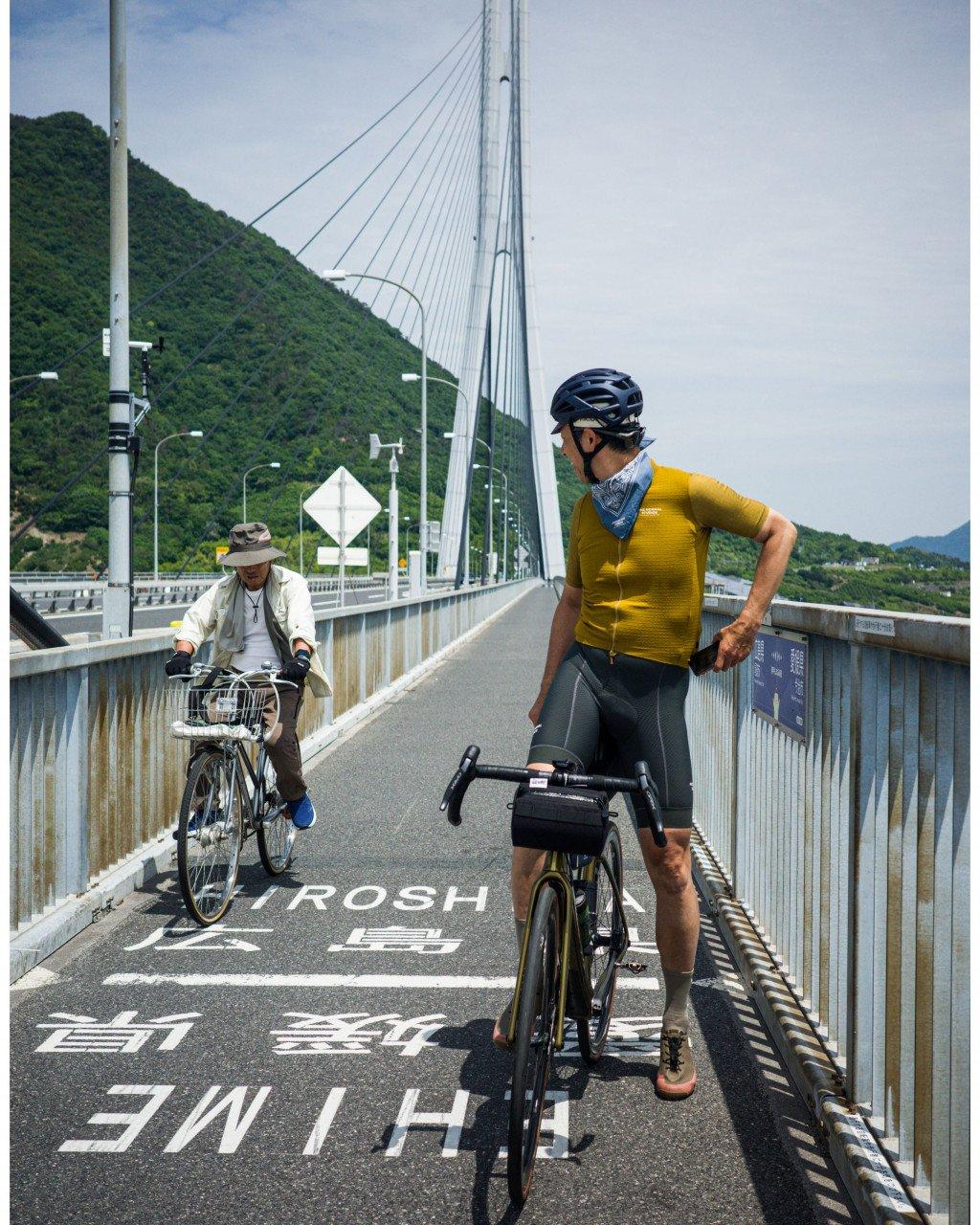
"We" - yes, there are two of us on this trip. My partner is Mr. Liu Tong. He is a good friend. We have ridden together in his hometown of Toyama. And in Tokyo and Copenhagen. As Mr. Liu Tong is a photographer, he captures our journey with his camera. The memories are engraved in our hearts and become powerfully present. Travel and photography are inseparable.
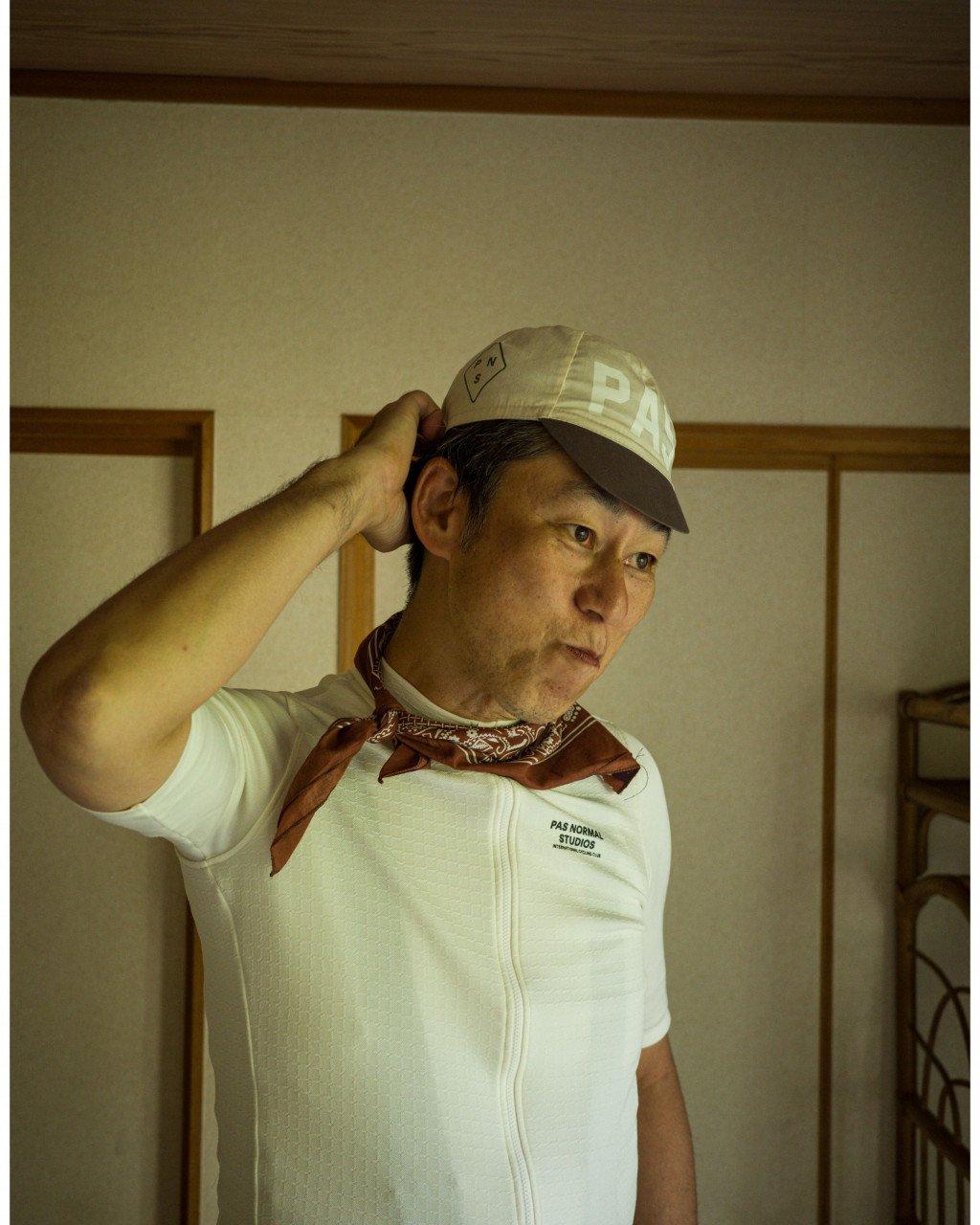
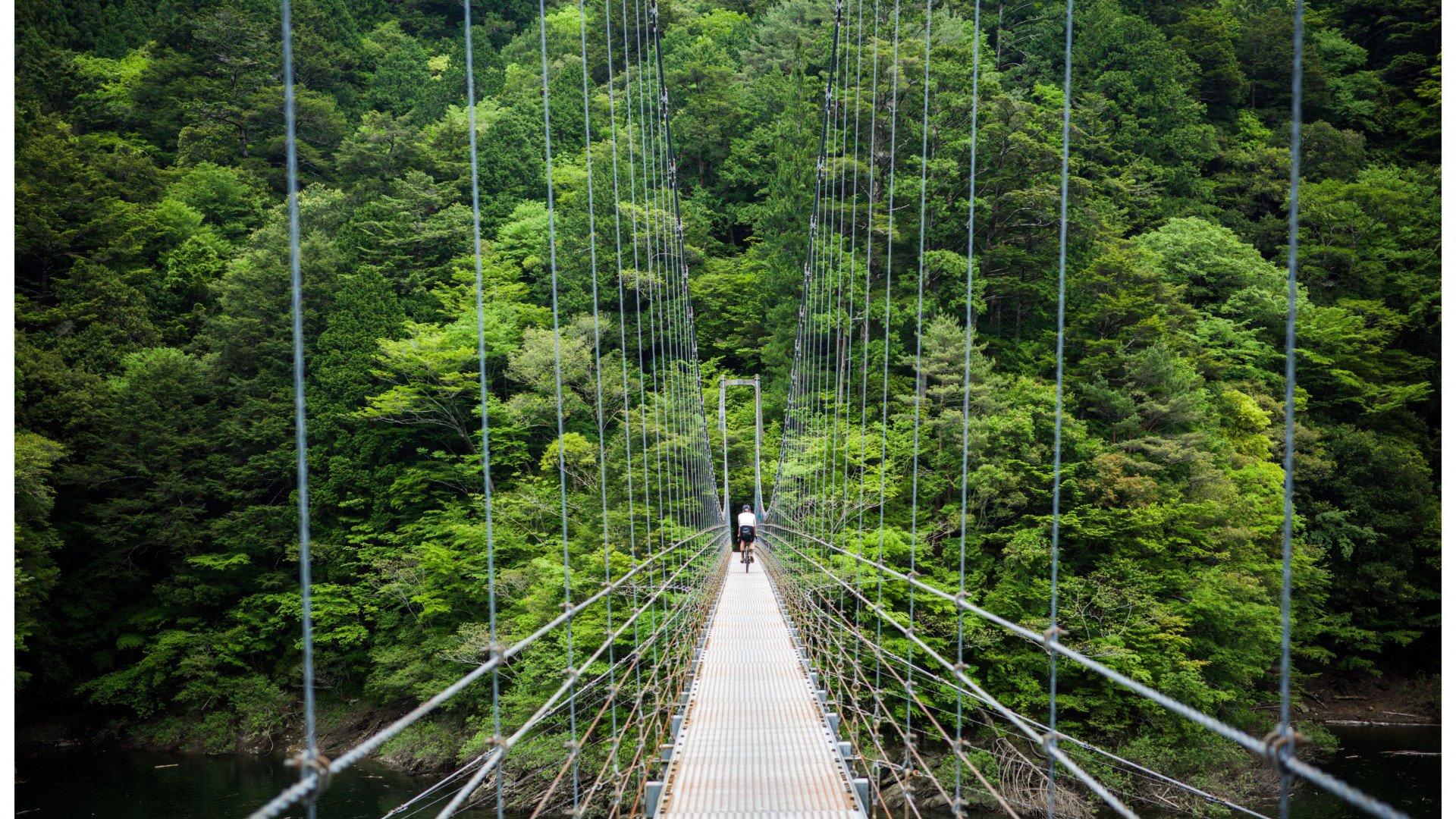
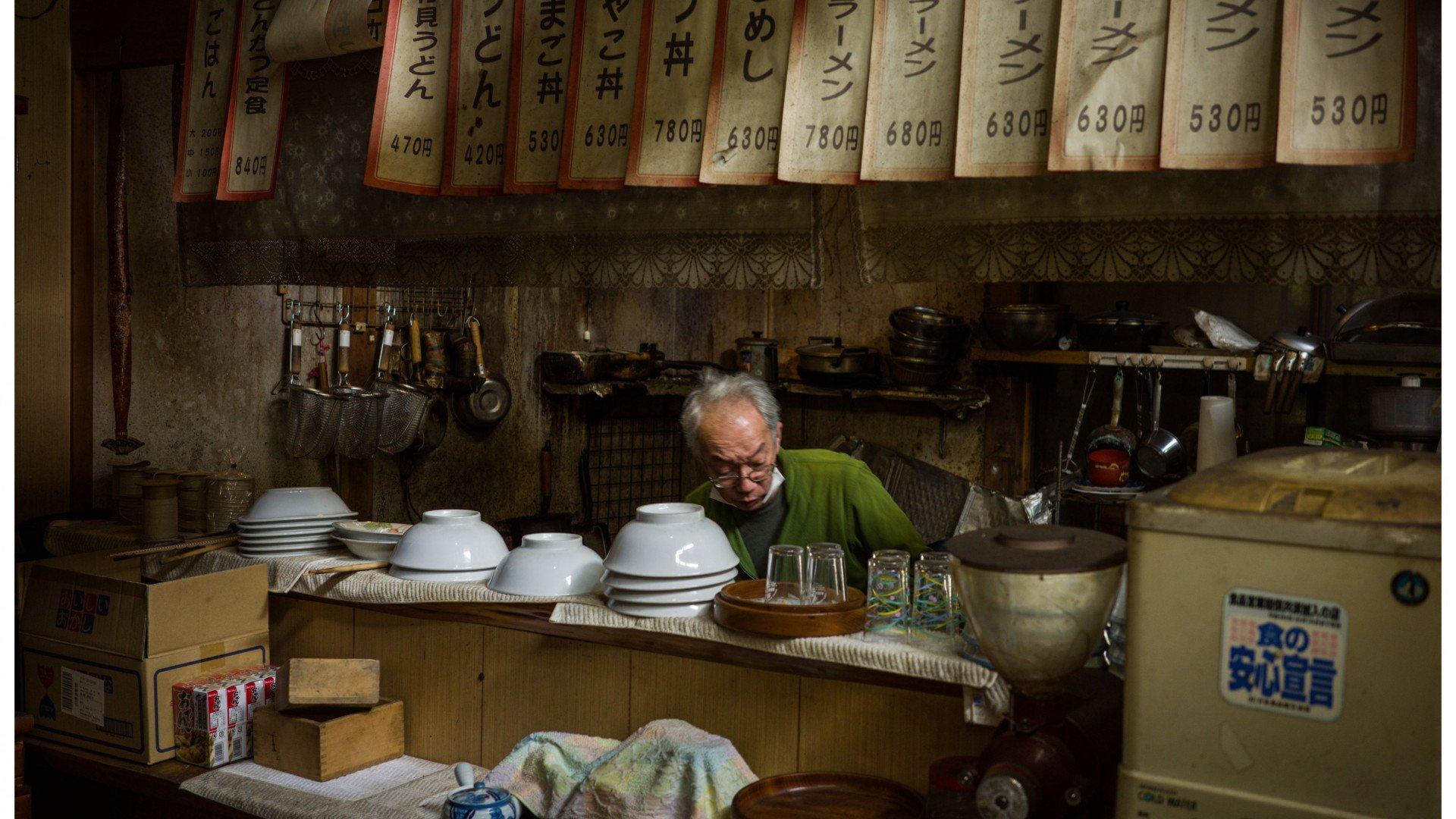
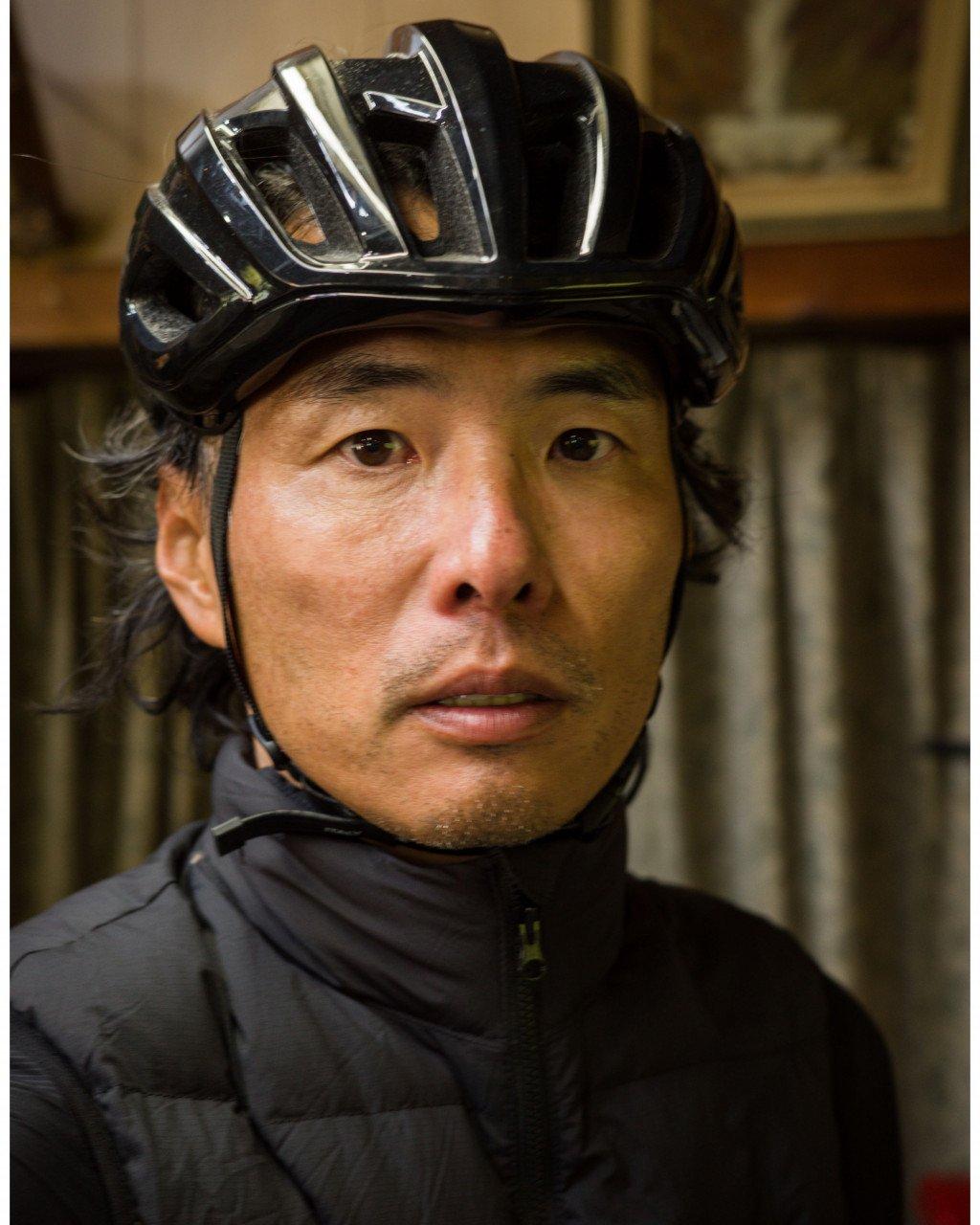
The 70 km route connecting Onomichi in Hiroshima Prefecture and Imabari in Ehime Prefecture, separated by the Seto Inland Sea, with six bridges, is Japan's first bicycle road that crosses a strait. You usually meet flocks of cyclists here on the weekends. However, we are here on a weekday, and perhaps because of Covid-19, the roads are empty.
The roads are marked with a blue line and the destination. You can ride to Imabari without a map. And there aren't many cars, so you can relax on the bike. Riding on the tops, we have casual conversations, talk about bicycles, and look at the seaside scenery and the spectacular view of the Seto Inland Sea from the bridges connecting the islands.
On the flats, we do stretches at 30 km/h. Not a slow pace. We do a few stops to get coffee and take pictures at good locations. Time passes by. In road cycling, where speed often equals enjoyment, stopping is a hassle. But when travelling, there is no need to rush ahead. When it's hard, slow down. Stop and take in the beautiful scenery.
When we get to the last bridge before reaching the island of Shikoku, the Kurushima Kaikyo Bridge, we deviate from the designated route a little and head for Mt. Kameoi.
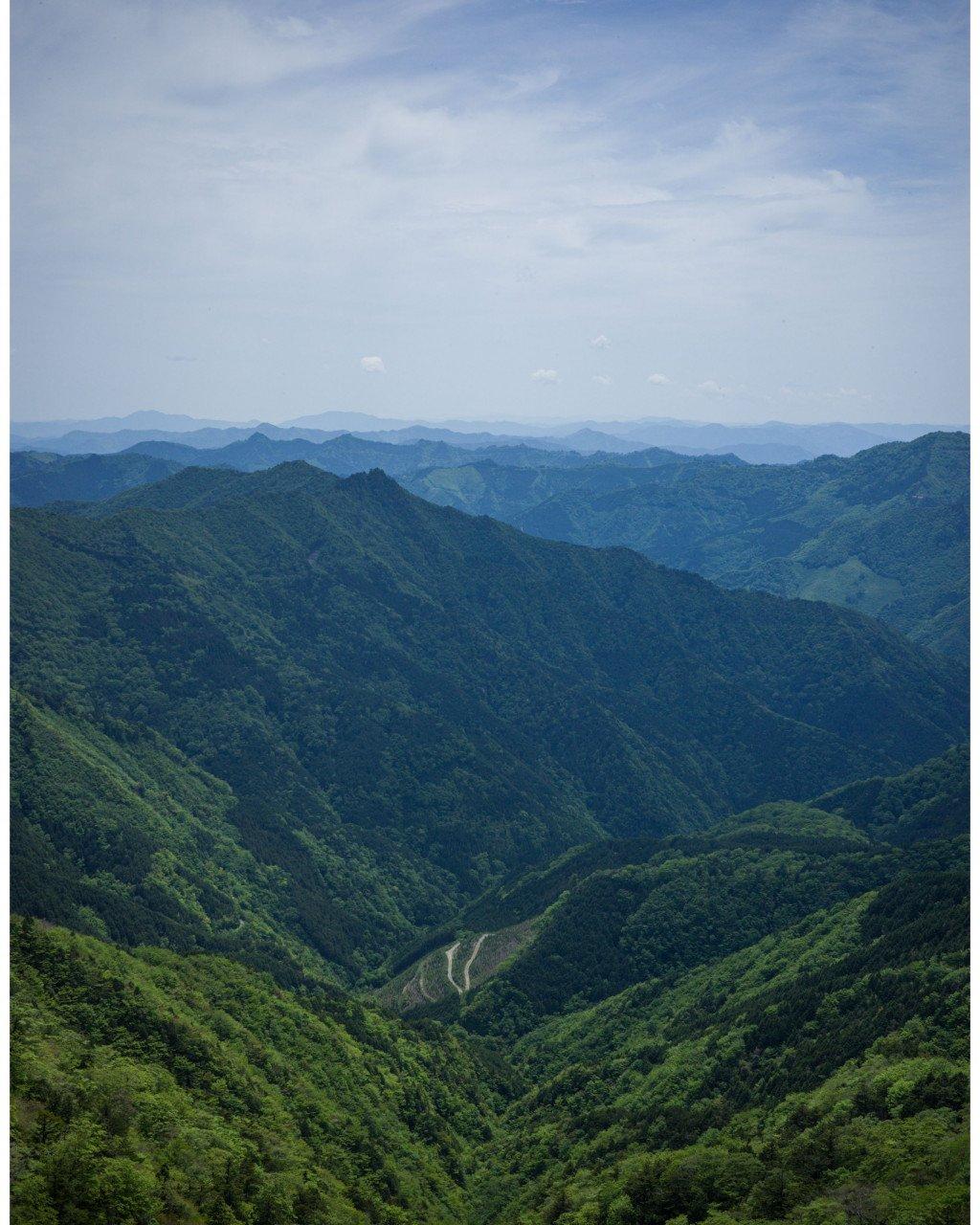
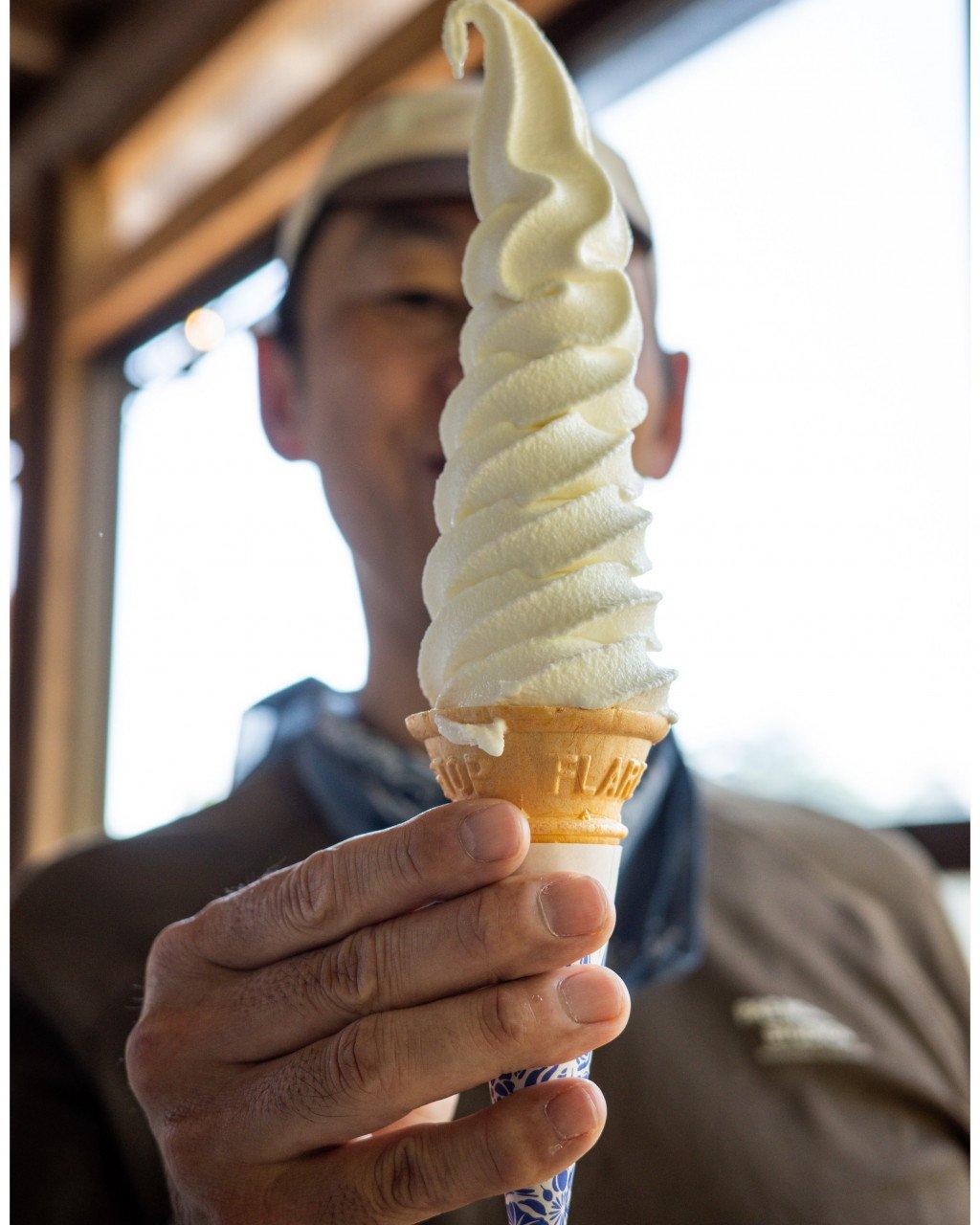
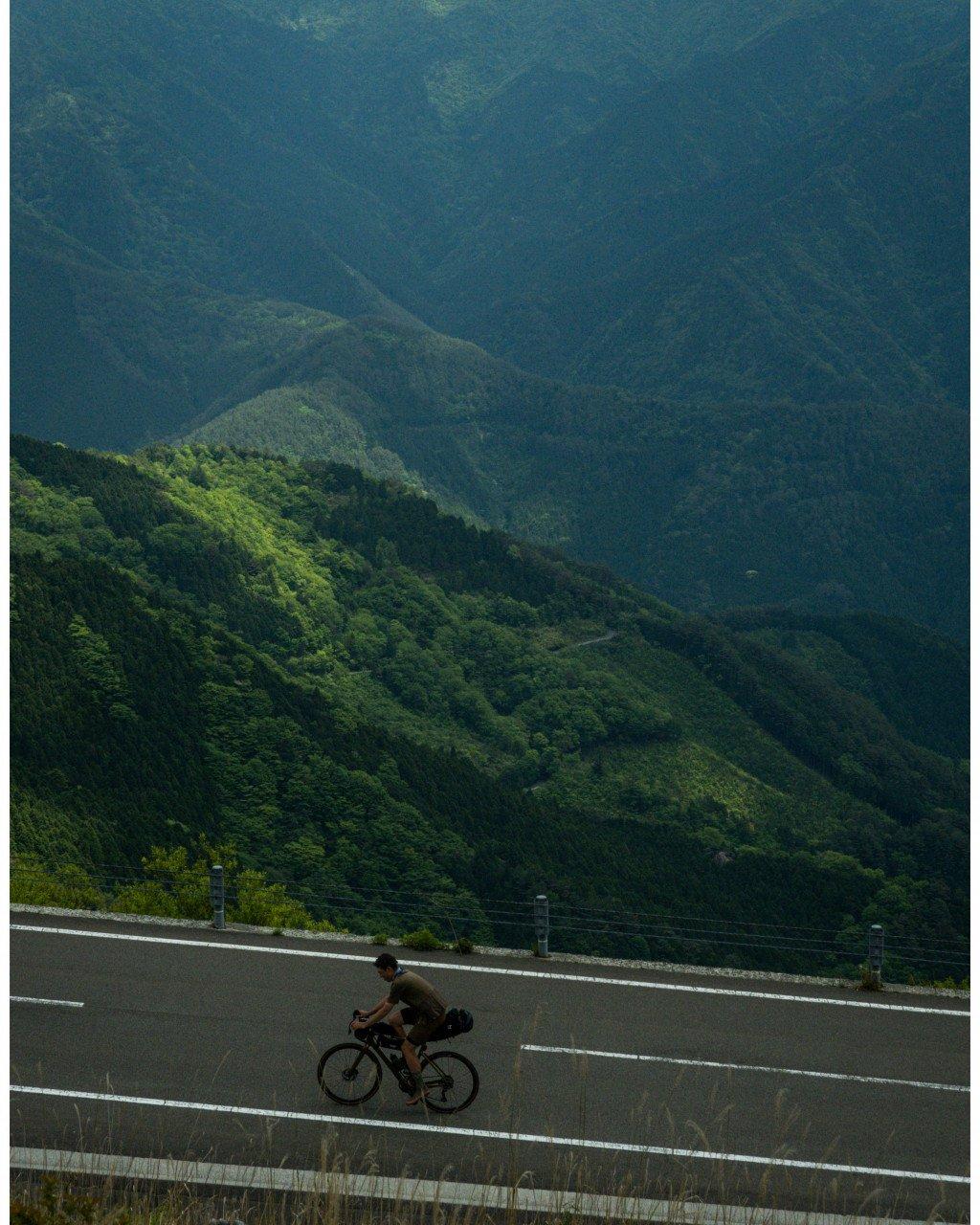
In Shikoku, the Shikoku Mountain Range, with peaks around 2000 m above sea level, stretches across the center of the island. As we ride from the city to the suburbs, the green wall gradually approaches us, and we get sucked into the mountains.
The highlight of the day is the Kamigamori-cho Road, also known as the UFO Line. A paved forest road that penetrates the ridge of the Shikoku Mountains, rising for 27 km, reaching a maximum altitude of 1680 m. Before getting to the entrance of the Kamigamori-cho Road, we climbed about 1000 m in 15 km.
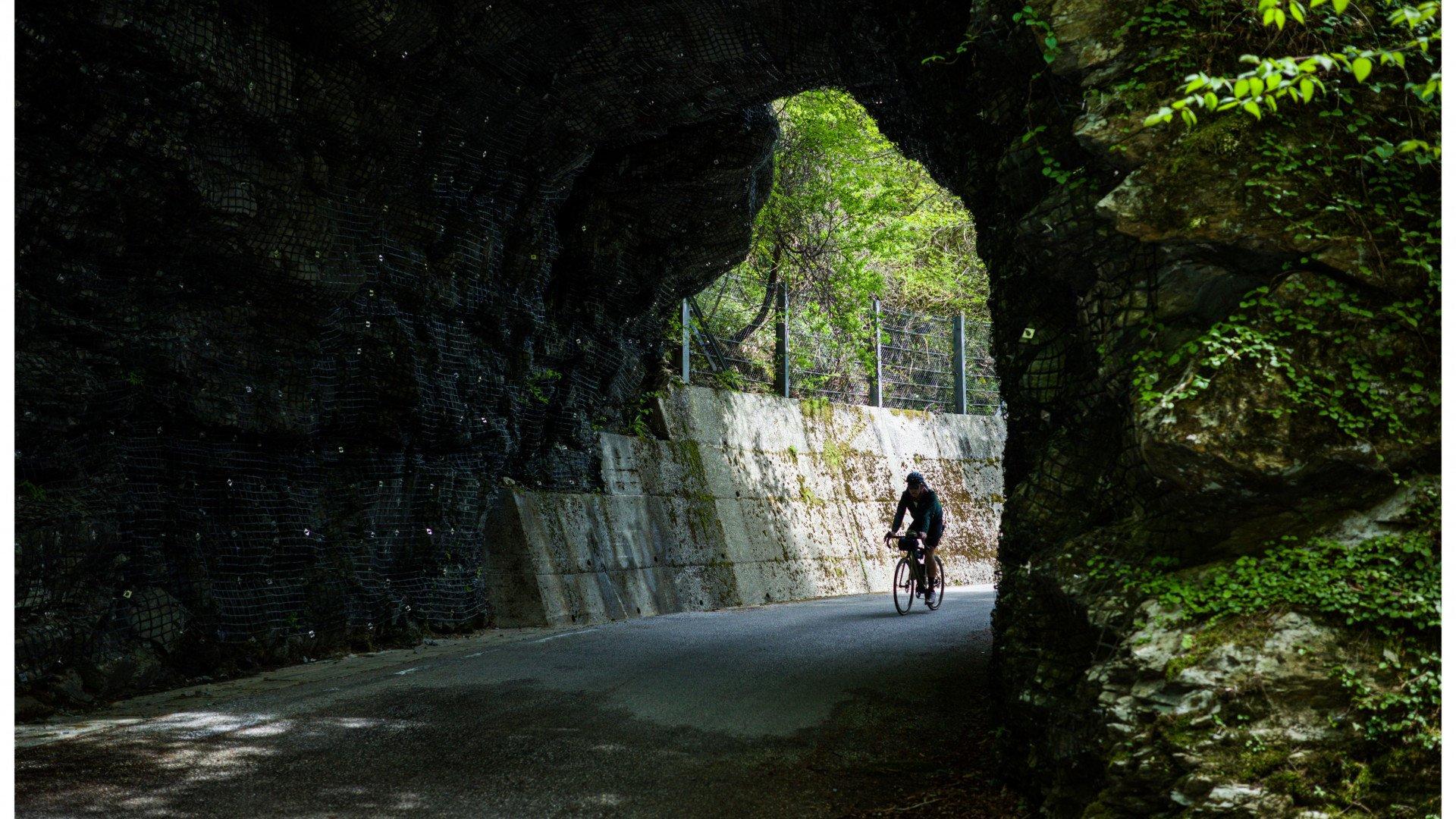
"Well, let's go slowly," Mr. Liu, who has superior leg strength, said to me. And matched my speed. Like a turtle. When he picked up the pace a bit, he naturally went a bit ahead and waited. I appreciate this “appropriateness”. If you worry about being dropped on the climb you will feel sorry for being late. But the small breaks Mr. Liu took made me pay attention.
The central part of Shikoku is an area where depopulation is prevalent. Even though it is a national highway, there are few cars. No big towns. The road continues. The only things that meet us are the green mountains, the blue sky. And the road.
Listening to the murmuring of the river, the small, rustic villages that appear occasionally evoke nostalgia. A space where you can't do anything in a hurry sets your mind free. Like the eastern side of Shikoku, which I have visited in the past. It is remote, very quiet, and has a slightly melancholic ambience and atmosphere. It feels like the ultimate luxury to me.
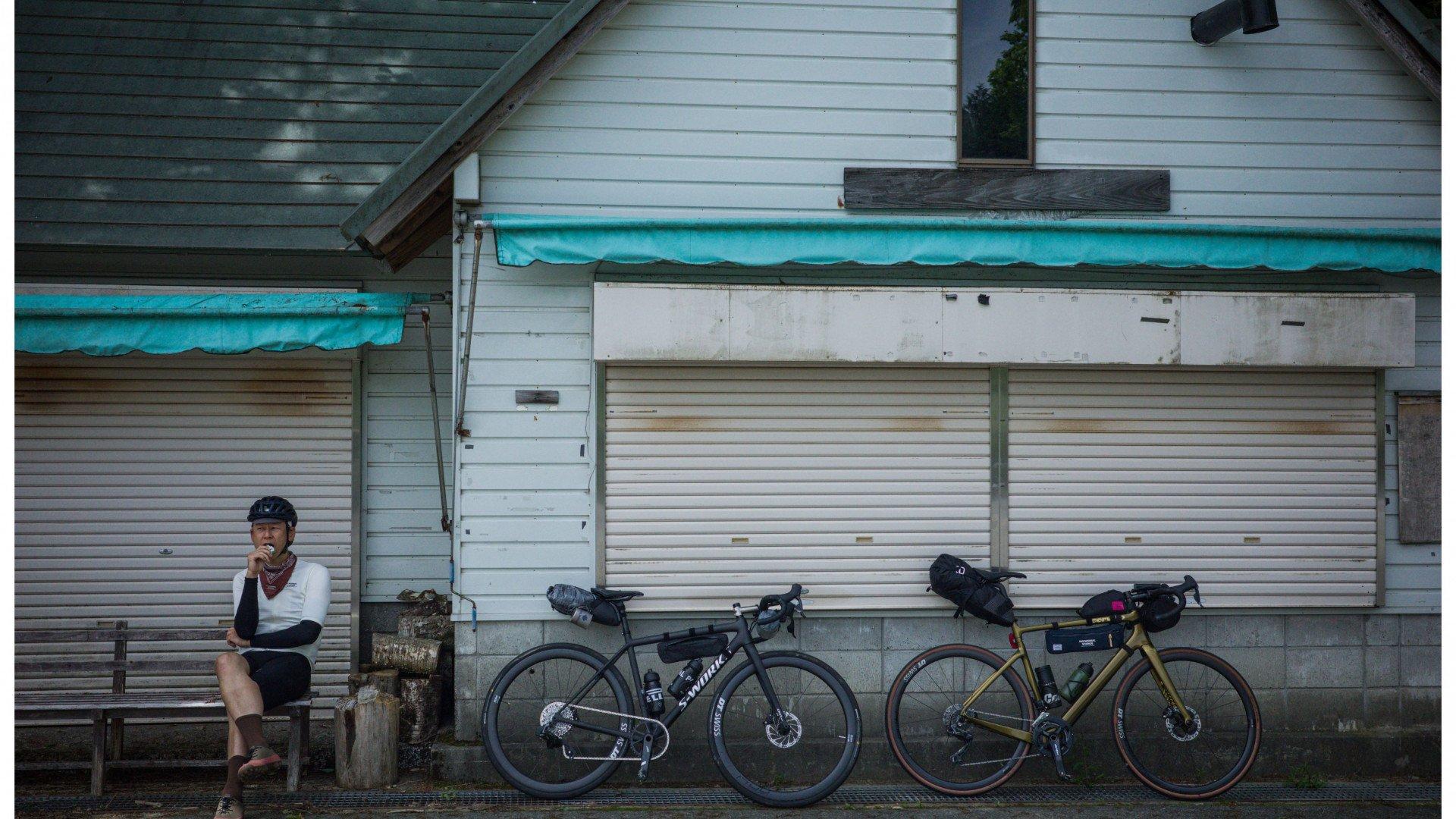
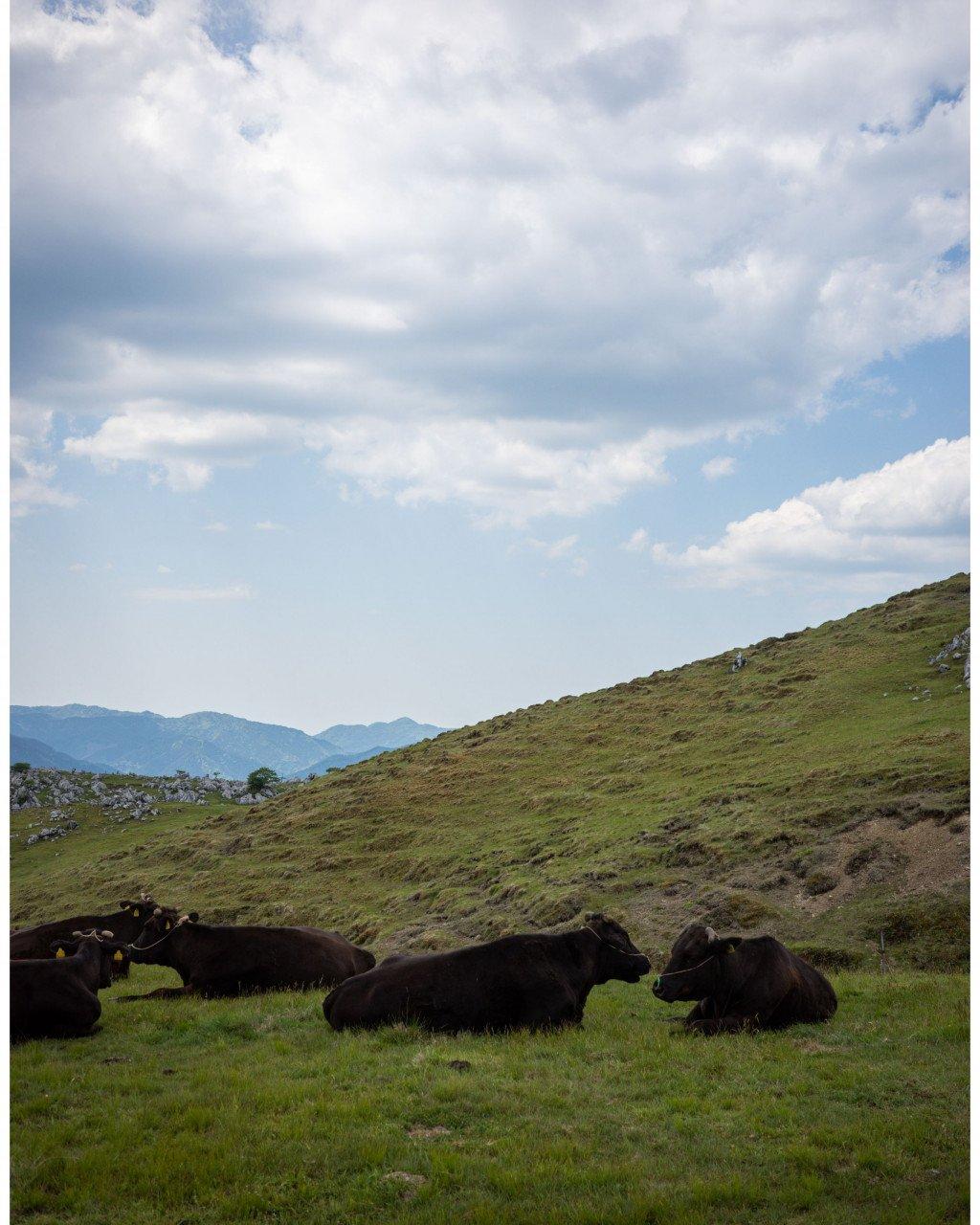
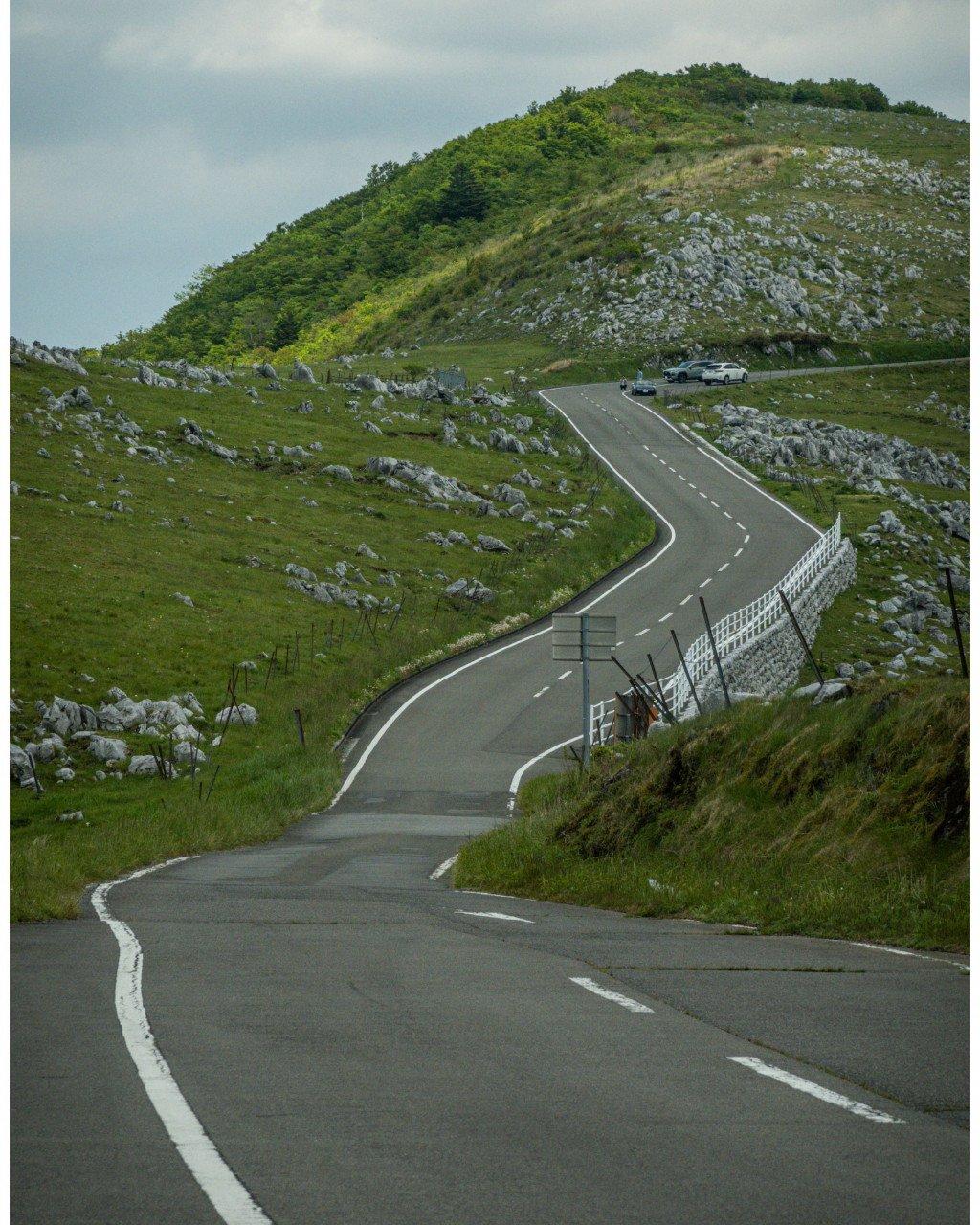
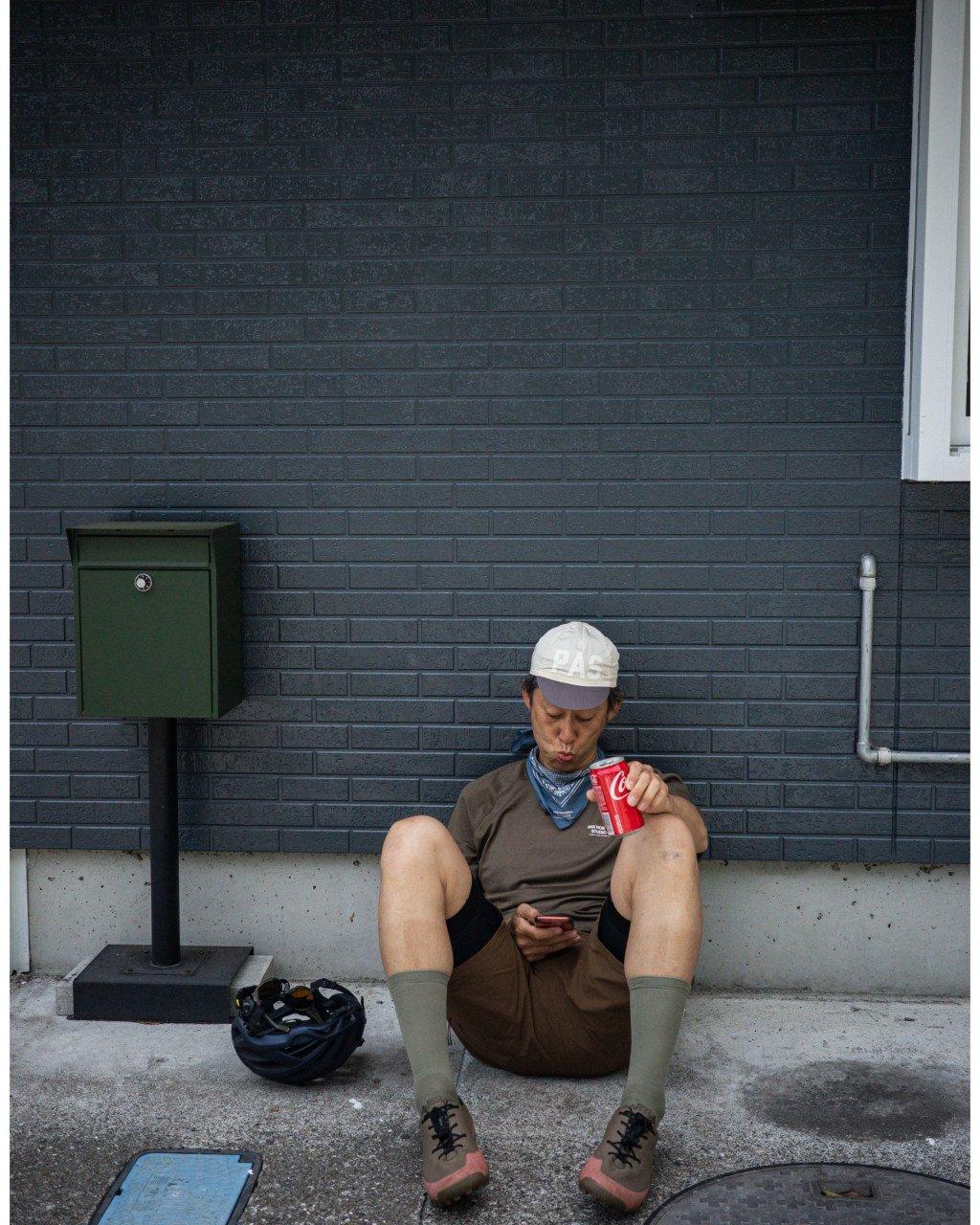
The day after riding the UFO Line, we headed to Shikoku Karst. It is a karst plateau stretching 25 km from east to west on a ridge at an altitude of 1000-1500m along the border between Ehime and Kochi prefectures. The climb to get there is about 11 km and 800 m, but it was harder than the UFO Line approach due to the damage to my legs from the day before.
The prefectural road No. 383 is also called "The Road In the Sky". It leads to the end of the climb and is a wonderful road. Cows graze in the pastures dotted with white rocky limestone so characteristic of karsts. The idyllic scenery stretches as far as the eye can see. It reminds me of the Swiss or Irish plateau.
The strong wind on the descent wrapped around our bodies. Going down an unknown road, the joy of seeing new scenery. It opens the door to your heart. This may be the case with all forms of travel, not just bicycle trips. But as cyclists, we have learned that the repetitive act of turning the pedals enhances the experience even further. After saying goodbye to the Shikoku Karst, it's about 50 km to Koyabu Onsen, where we stayed for the day. It was a downhill route, but even though my legs were supposed to be tired, the pedals felt light.
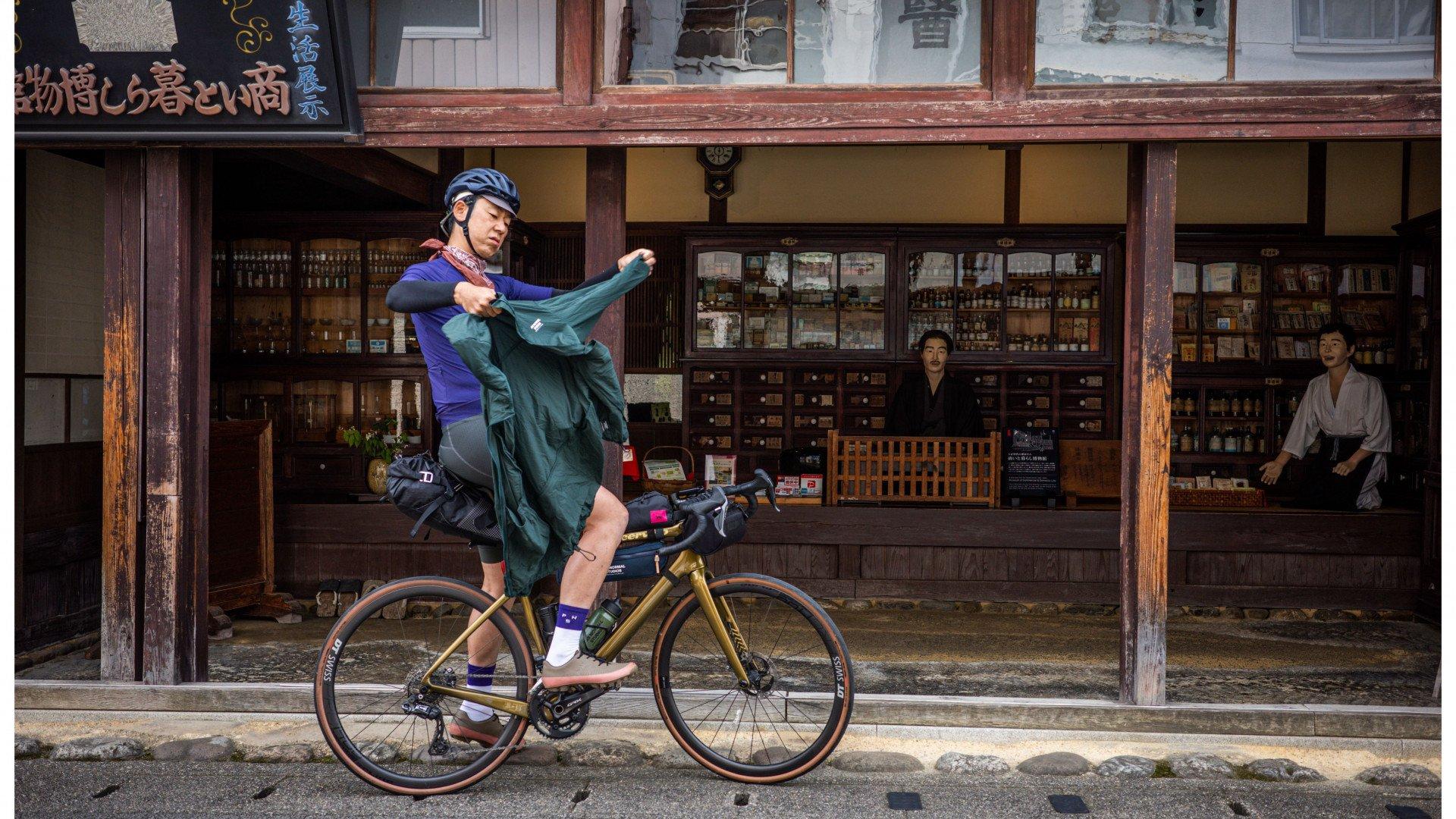

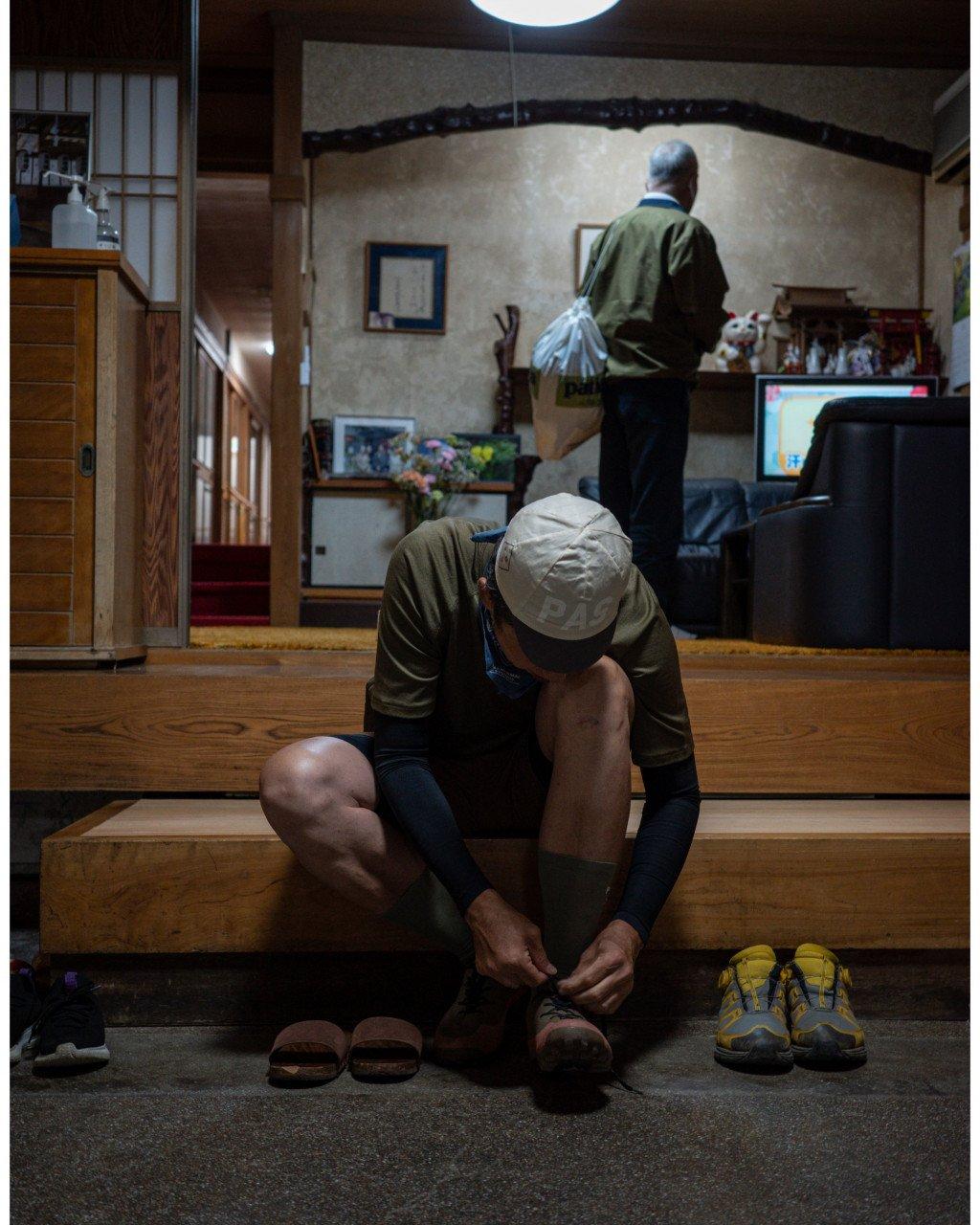
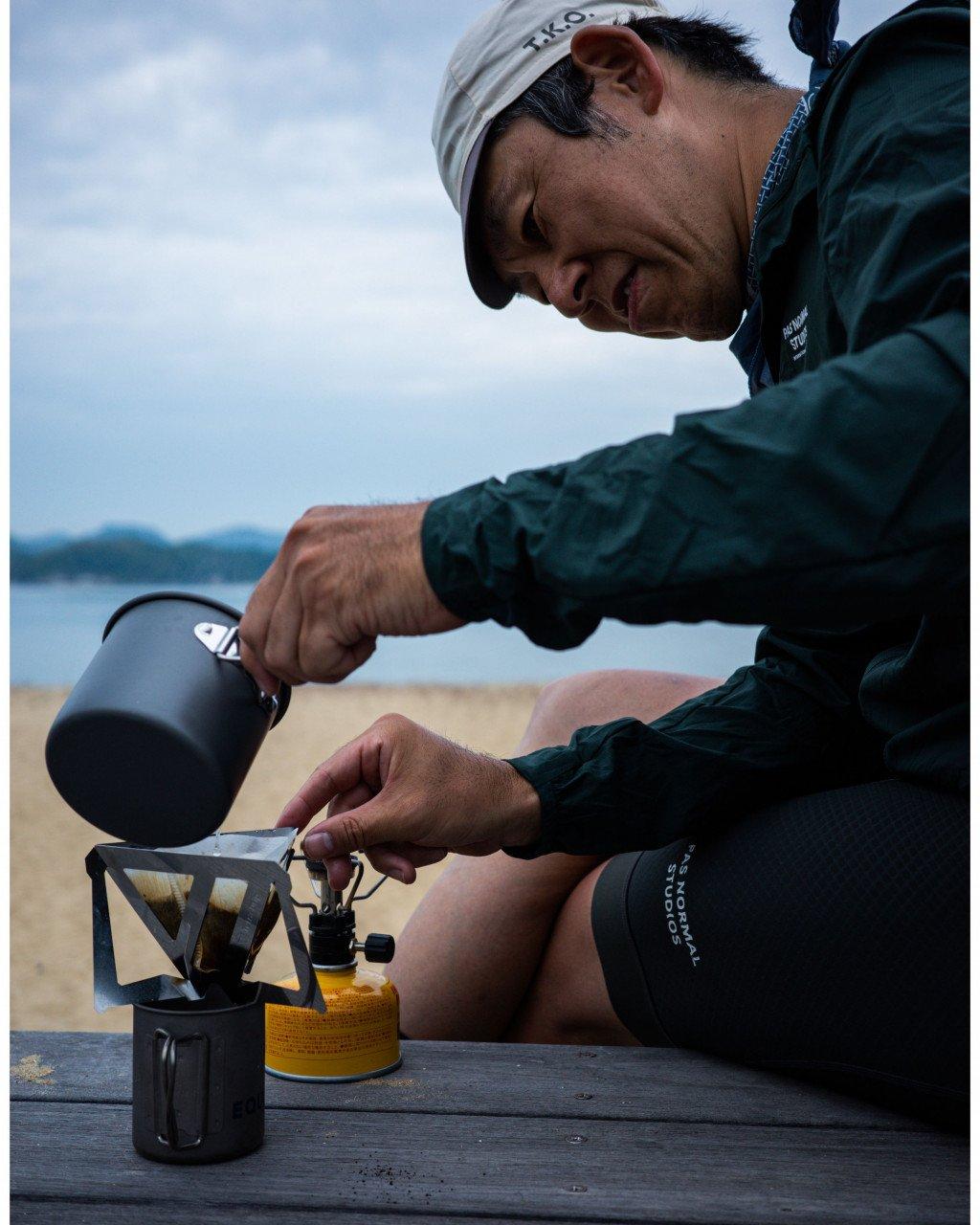

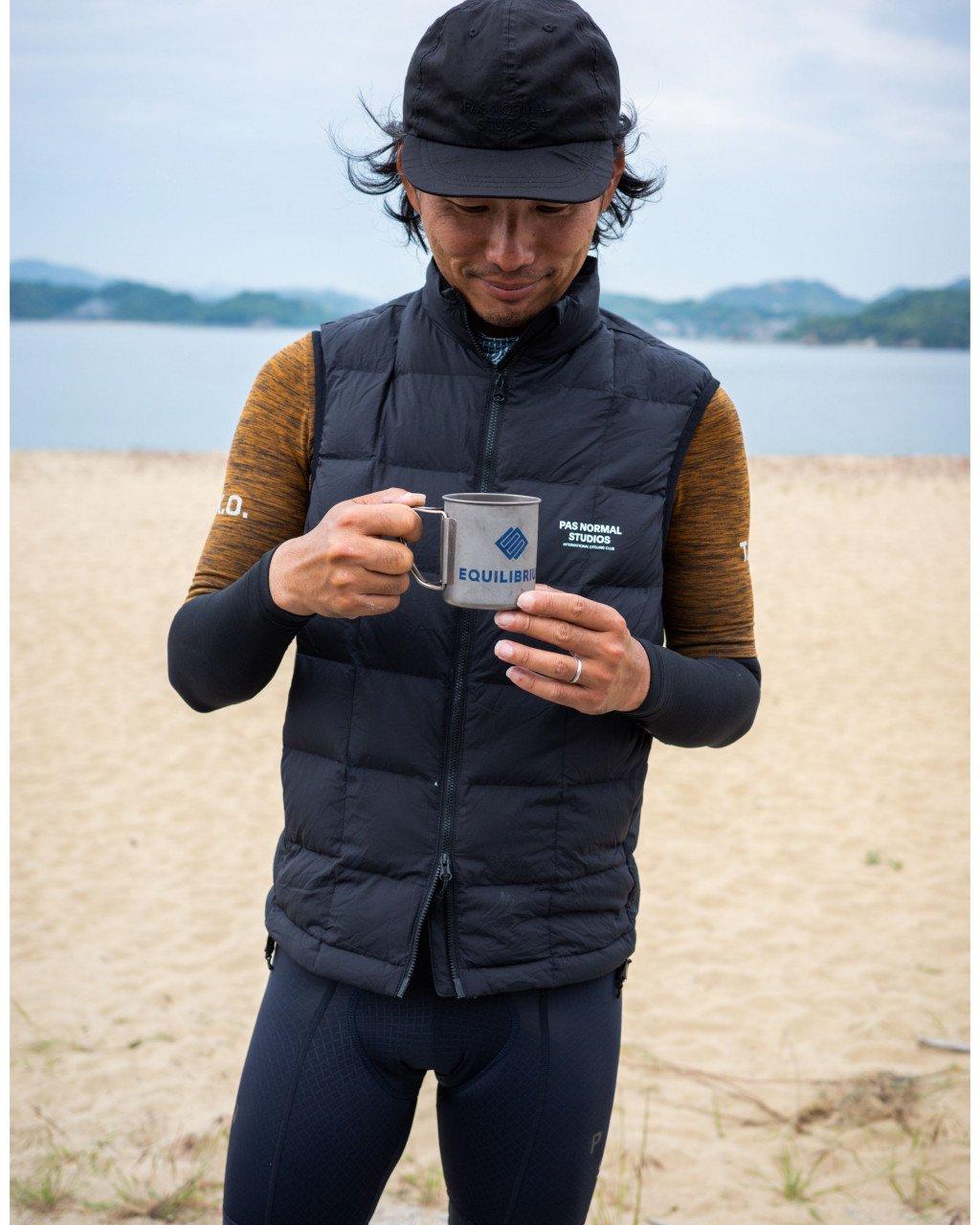
The last stretch of the journey, we headed northwest, towards Takamatsu City on the road along the Seto Inland Sea.
I stuffed a burner, coffee beans, and a filter into the seat bag. I wanted to treat Mr. Liu to a cup of coffee. For all his help on the climbs.
We stopped at the beach of Innoshima, which is close to Onomichi. I brewed the coffee at the beach. Mr. Liu smiled and said, "It's delicious!" His kindness healed my sore legs.
Cycling alone can be fun. However, a bicycle trip with a riding mate you get along with can ease the hard times and make the fun times even more fun.
I knew all this before going to Shikoku, but it was a trip that made me revisit the fact that neither cycling nor life is fun alone. While gazing at the gentle waves of the Seto Inland Sea, the immediate bitterness of the coffee I drank with my friend felt slightly sweeter.
